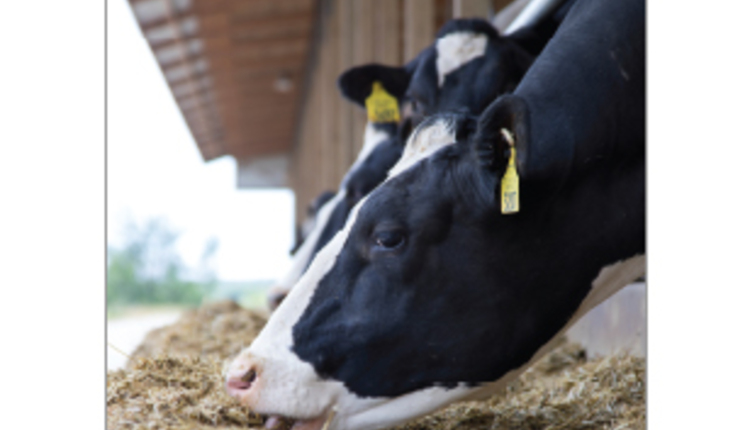 Feed management, bunker or silo care, labor efficiencies, and more. Farmers are some of the most economically aware workers in the country, and it's easy to understand why. Perhaps the place on the farm that receives the most attention when it comes to economics and efficiencies is the feeding program.
Feed management, bunker or silo care, labor efficiencies, and more. Farmers are some of the most economically aware workers in the country, and it's easy to understand why. Perhaps the place on the farm that receives the most attention when it comes to economics and efficiencies is the feeding program. A recent DaireXnet article dove into a few of the feed efficiency factors that have an impact on farm economics, but are not always top of the mind – the "others" of feeding program efficiency, if you will.
"Reproductive efficiency, cow comfort, and replacement management practices impact the efficiency of feed resources used on a dairy operation," shared Donna Amaral-Phillips in the article.
A herd that does a great job with reproduction programs is able to keep a short calving interval allowing milk production to stay high throughout lactation. Meanwhile, fewer cows in these good herds register long lactations or have extensive dry periods and avoid the time when they are the least efficient with nutritional resources, according to Amaral-Phillips.
Another area the University of Kentucky dairy extension nutritionist highlighted was cow comfort. At the base of feed digestion and allocation is the fermentation and absorption efficiency of the cow's digestive tract. A cow that gets shorted on lying time or is too warm because of heat stress, for example, reduces how well it can do these processes. Keeping cows cool and managing the cows' time budgets can therefore play a role in feed efficiency.
Finally, Amaral-Phillips reminded producers that one of the greatest uses of feed without direct return is heifer rearing. She says it is critical that young stock are raised to calve at the proper size so as to limit the days they need to be fed before entering the milking herd.
"In the U.S., delayed age at calving is generally associated with an additional $2 to $3 in daily feed costs for those heifers calving after 24 months of age," she said. Calves that fall into this group put pressure on feeding inventories with no return on investment.
Although not the most pressing factors in terms of feed efficiency, managing these little areas can impact feed stores and lead to a more economical feeding program.

The author is an associate editor. She covers feeding and nutrition, youth activities and heads up the World Dairy Expo Supplement. Maggie was raised on a 150-cow dairy near Valley Center, Kansas, and graduated from Kansas State University with degrees in agricultural communications and animal sciences.








